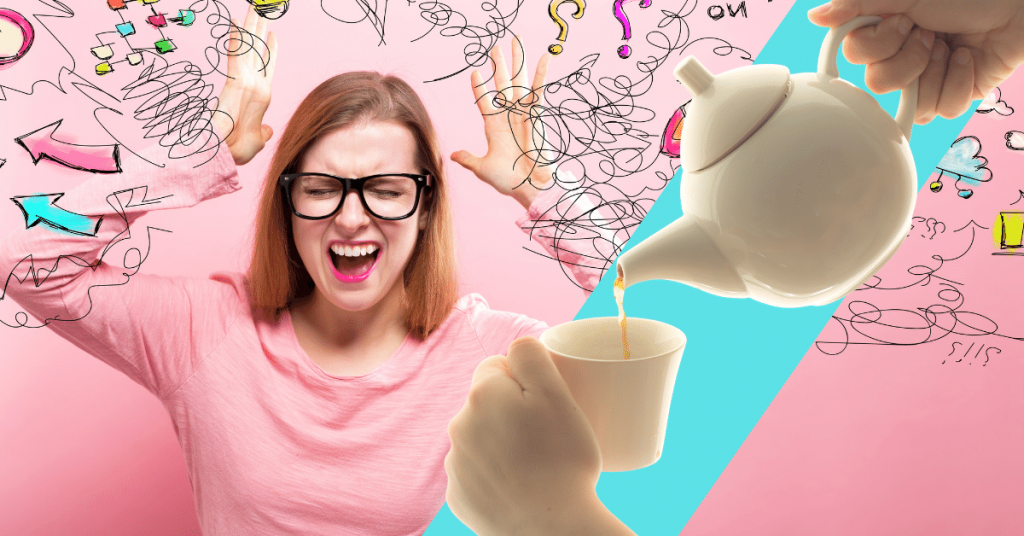Denmark consumes 0.35 lb of tea per capita per year.
Danish people consume tea at tea shops, restaurants, and cafes, and they even have a tea-serving cinema in Copenhagen.
The Scandinavian country produces sparkling teas made of Cuvee of white teas instead of Cuvee of grapes (champagne).
History of Tea in Denmark
One of the oldest shops in the nation’s capital was actually a tea shop, which opened in 1835.
The first tea arriving in Denmark was Ceylon tea around the 1800s.
Danish tea culture is significantly expanding due to the increased demand for Black and White tea varieties.
Tea Culture in Denmark
Many people can’t wrap their heads around the fact that the Danish make organic tea Cuvee, locally known as Copenhagen Sparkling Tea – Blå.
They use organic White tea or full-bodied Black tea blends to create this delicious alcohol-free ‘tea champagne’.
Nevertheless, Danish tea culture doesn’t stop at sparkling tea. Local bars also serve tea-infused alcoholic cocktails, favorite among the younger generation.
Stylish tea shops that sell loose-leaf teas and tea bags can be spotted quite often while strolling down the streets of the capital.
Tea rooms where a warm cup of tea saves the day are also common around downtown, although many people choose the comfort of their homes for sipping a nice blend.
Danish drømmekage (dream cake) is the commonly served treat that comes along with Black tea.
Denmark also has a great selection of bakeries that offer teas and scones for tired visitors and tourists alike.
MEDICAL DISCLAIMER
Itsnevernotteatime.com cannot and does not contain medical/health advice. The medical/health information is provided for general and educational purposes only and is not a substitute for professional advice.




